Trong bối cảnh Việt Nam vẫn chưa có nhiều nghiên cứu về lá cây thạch vĩ, nghiên cứu này được thực hiện nhằm khảo sát hàm lượng polyphenol, flavonoid và hoạt tính kháng khuẩn từ cao chiết lá cây thạch vĩ. Lá cây thạch vĩ được tách chiết bằng phương pháp ngấm kiệt để thu được dịch chiết ethanol 70%, dịch chiết được cô thành cao chiết sau đó. Sử dụng cao chiết này để xác định hàm lượng polyphenol tổng và hàm lượng flavonoid toàn phần. Sau đó tiếp tục khảo sát hoạt tính kháng khuẩn từ cao chiết ethanol 70%. Cao chiết được xác định có hàm lượng polyphenol tổng (20,79 mg GAE trong 1 g cao chiết) và hàm lượng flavonoid toàn phần (11,05 mg quercetin trong 1 g cao chiết). Cao chiết có khả năng kháng lại một số chủng vi khuẩn như Staphylococcus aureus, Staphylococcus epidermidis, Streptococcus pneumoniae với nồng độ ức chế tối thiểu là 50 mg/ml. Nghiên cứu này đã khảo sát hàm lượng polyphenol, flavonoid và hoạt tính kháng khuẩn của cao chiết ethanol 70% từ lá cây thạch vĩ. Điều này giúp bổ sung tiềm năng hỗ trợ điều trị bệnh nhiễm khuẩn từ lá cây thạch vĩ, từ đó làm cơ sở cho các nghiên cứu sâu hơn về hoạt tính sinh học khác của lá cây thạch vĩ. Abstract Tongue fern (Pyrrosia lingua (Thunb.) Farwell) leaves are known as an herb that is effective in treating difficulty urinating, ulcers, and burn wounds. In Vietnam, there are still not many studies on tongue fern leaves. This research was carried out to investigate the concentration of polyphenols, flavonoids and antibacterial activity from tongue fern leaves extract. The leaves of tongue fern are extracted by the maceration method to obtain a 70% ethanol extract, the extract is concentrated. Use the extract to determine total polyphenol concentration and total flavonoid concentration. Then continue to investigate antibacterial activity from the 70% ethanol extract. The extract was determined to have total polyphenol concentration (20.79 mg GAE in 1 g of extract) and total flavonoid concentration (11.05 mg quercetin in 1 g of extract). The extract is capable of resisting some bacterial strains such as Staphylococcus aureus, Staphylococcus epidermidis, Streptococcus pneumoniae with a minimum inhibitory concentration of 50 mg/ml. This study investigated the concentration of polyphenols, flavonoids and antibacterial activity of 70% ethanol extract from tongue fern leaves. This helps add to the potential to support infectious disease treatment from tongue fern leaves, thereby serving as a basis for further research on other biological activities of tongue fern leaves. DOI: 10.59715/pntjmp.3.3.6


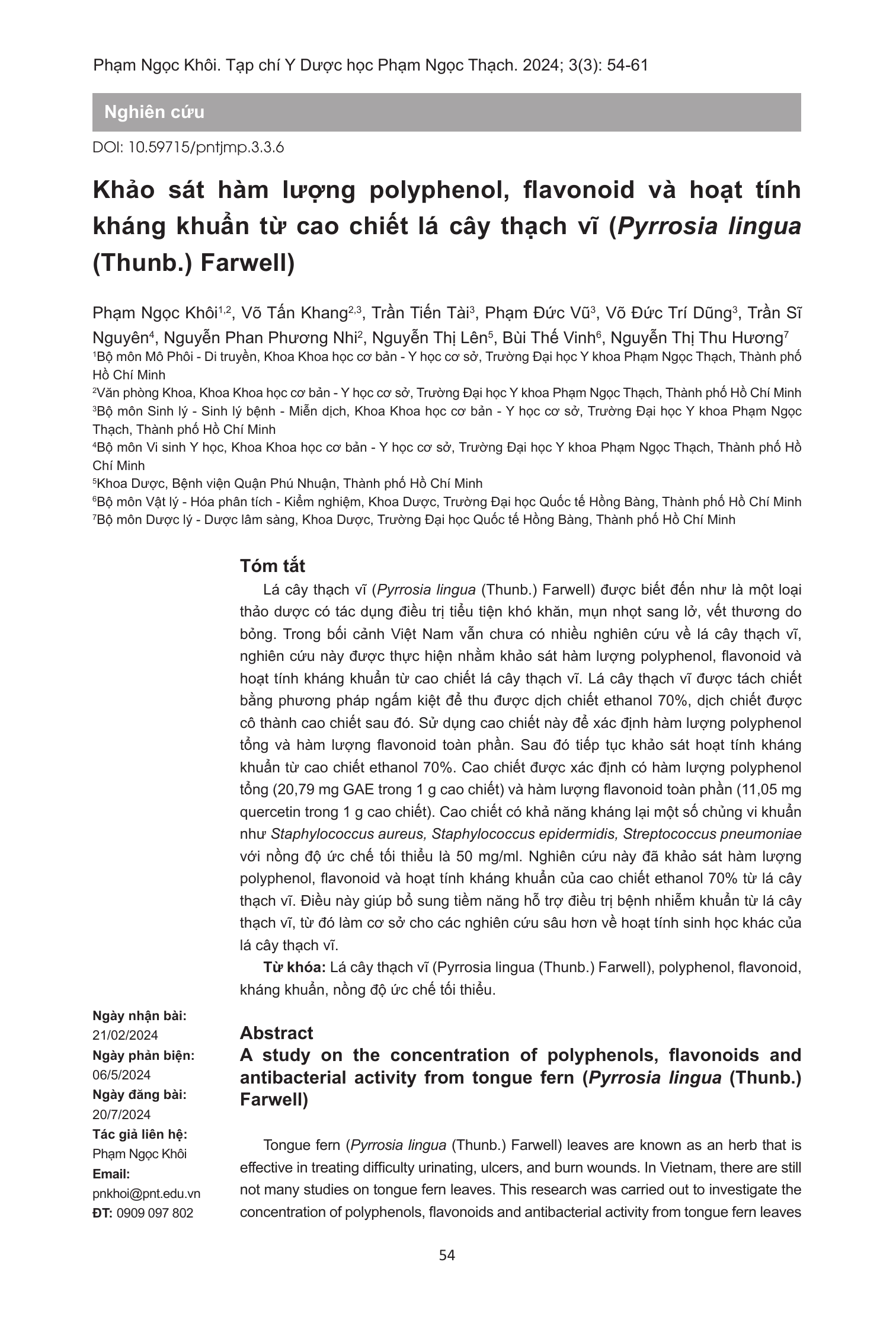



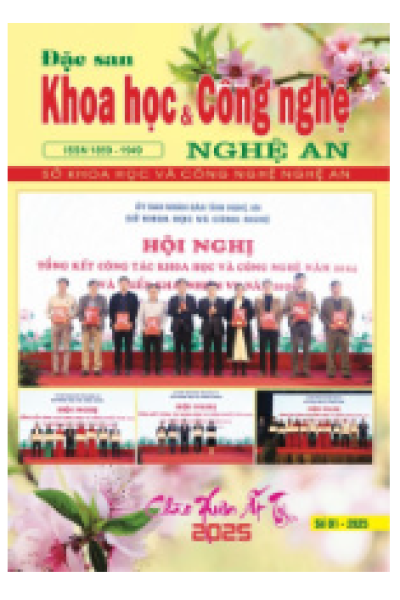

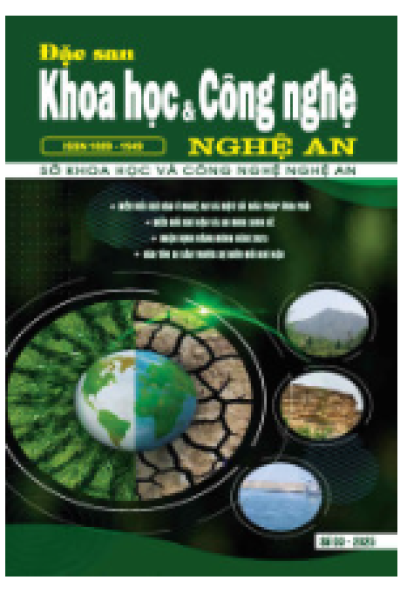
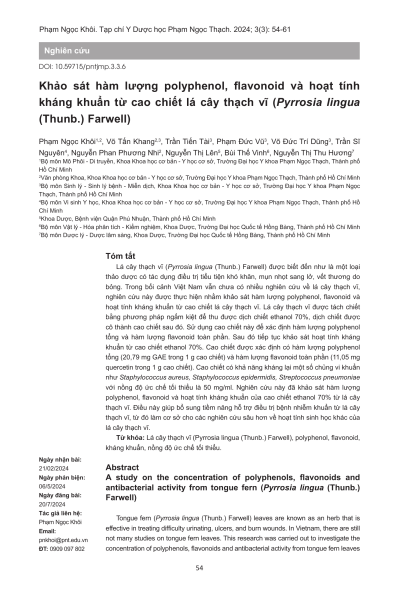
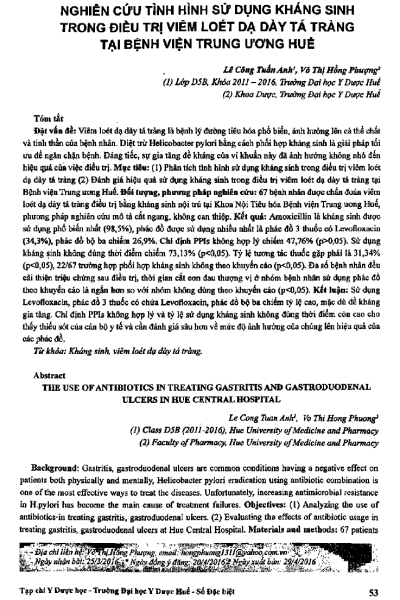

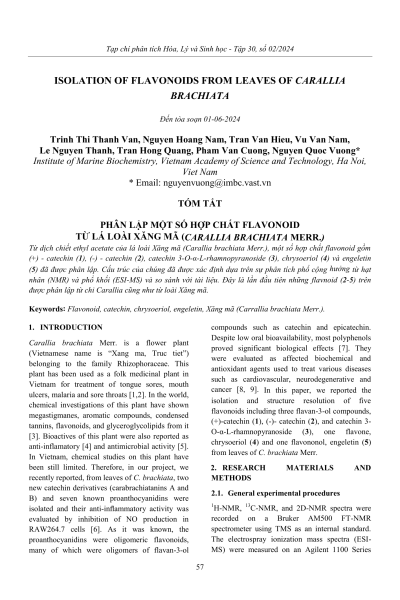
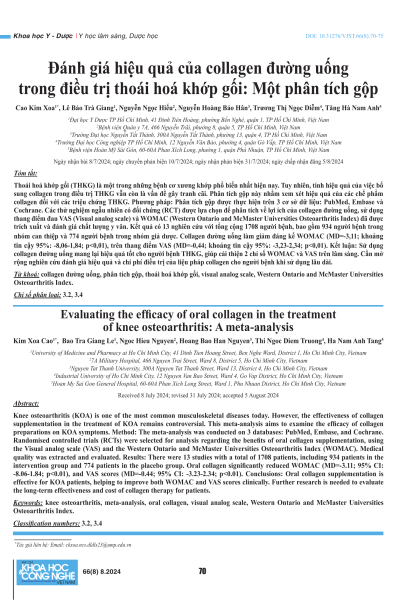
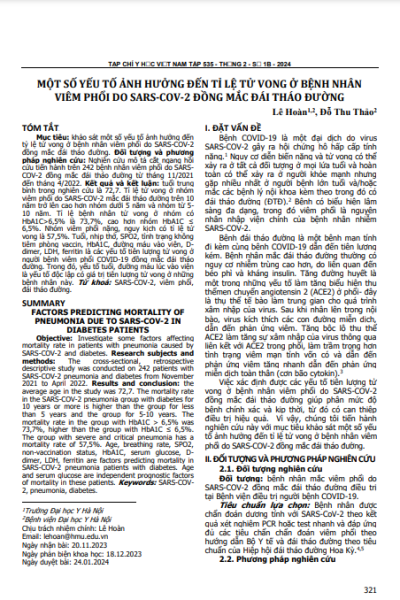
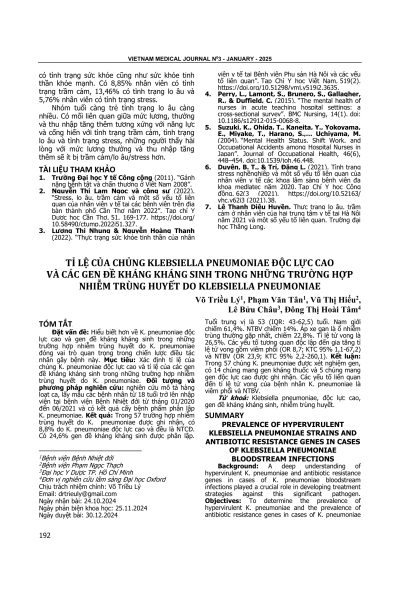
Thêm một bài đánh giá
Xếp hạng
Không có bài đánh giá nào!